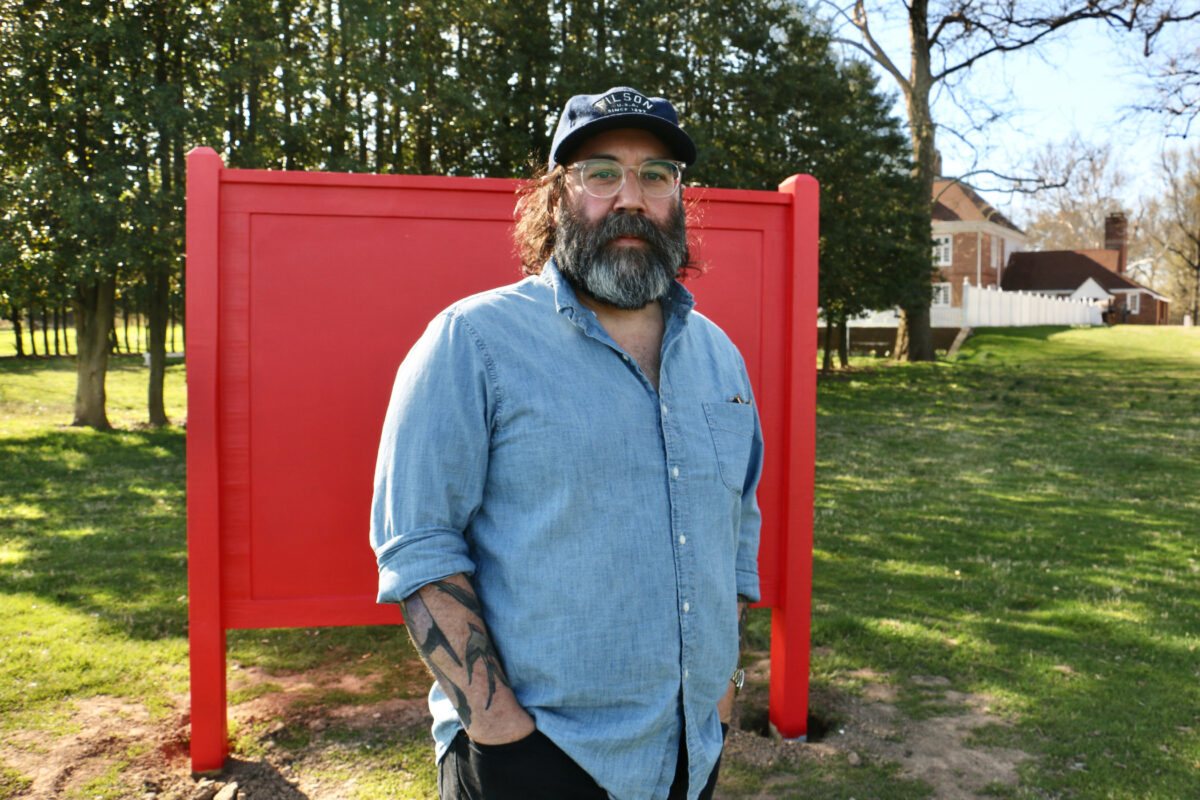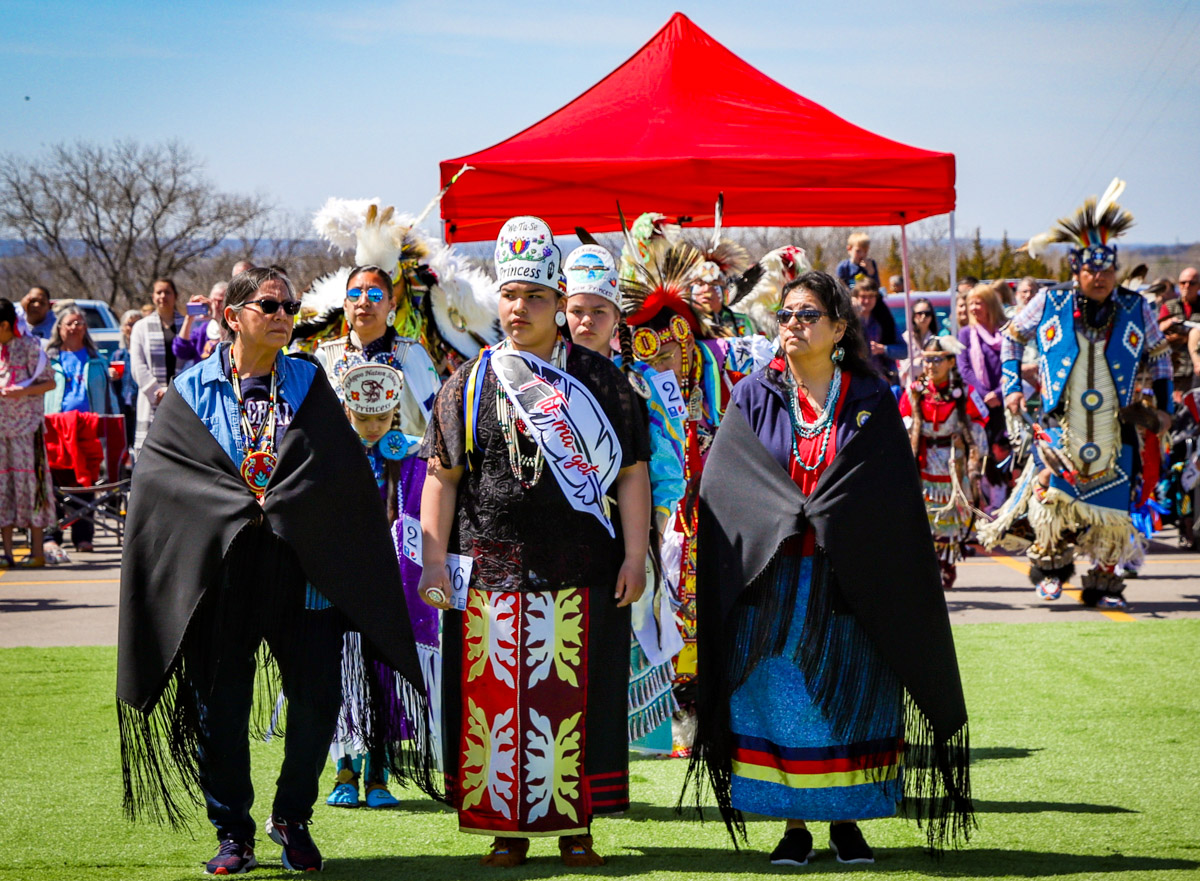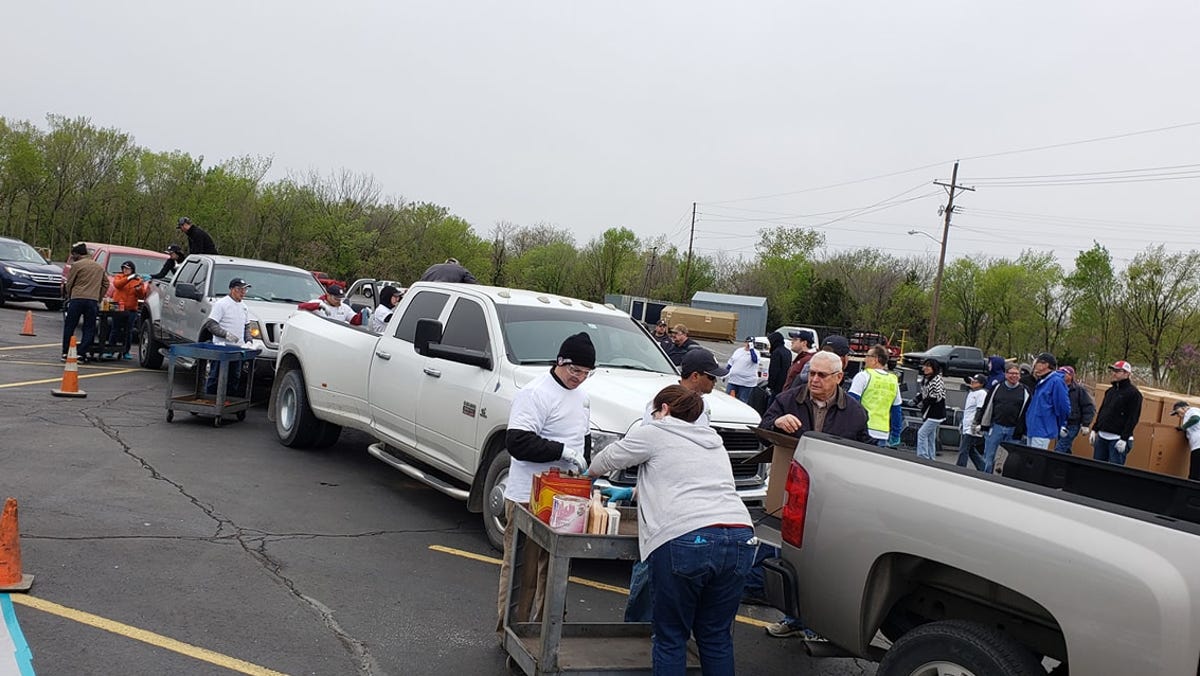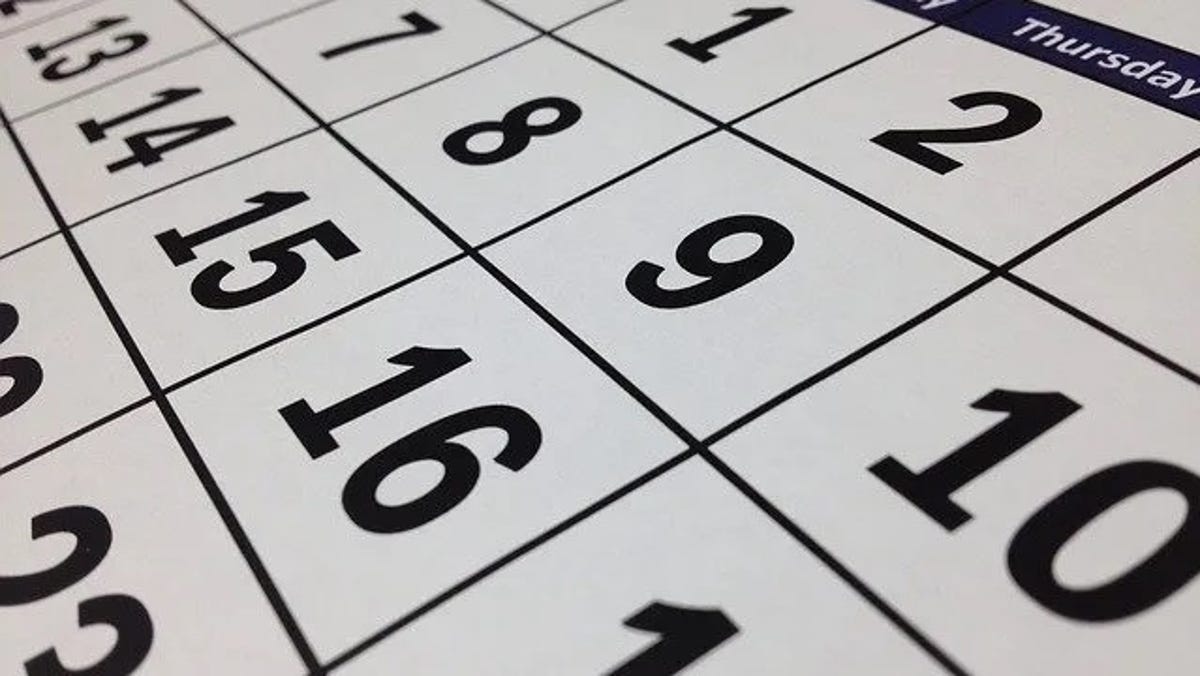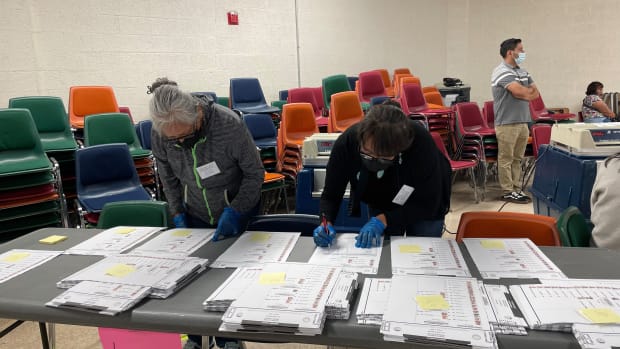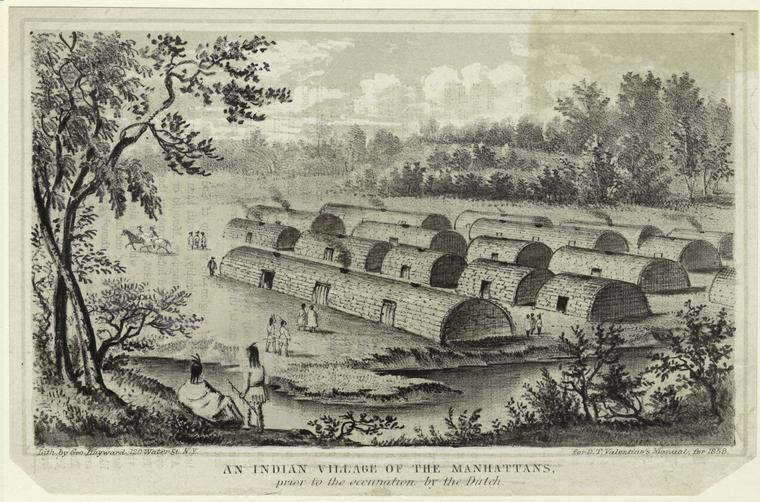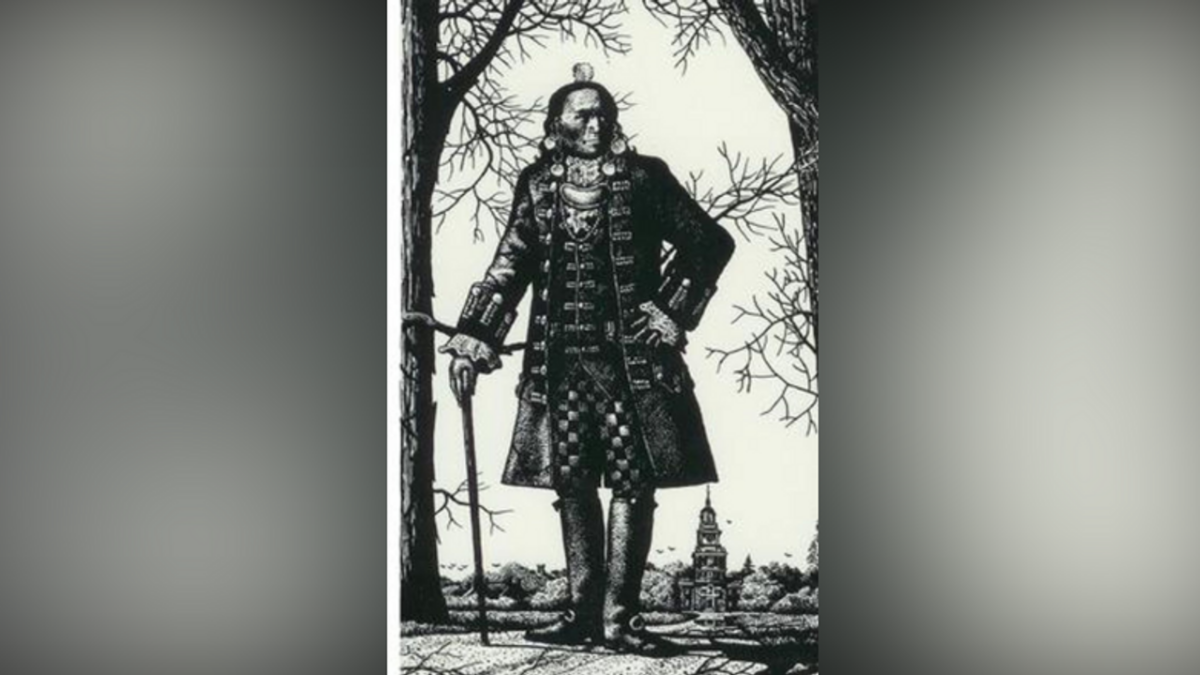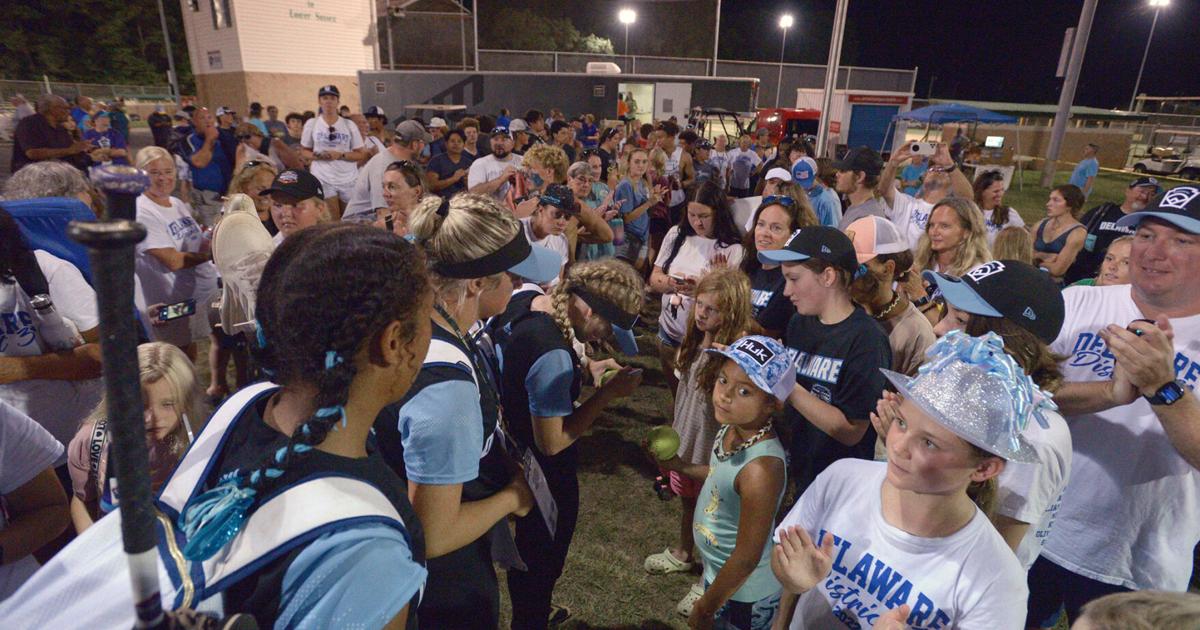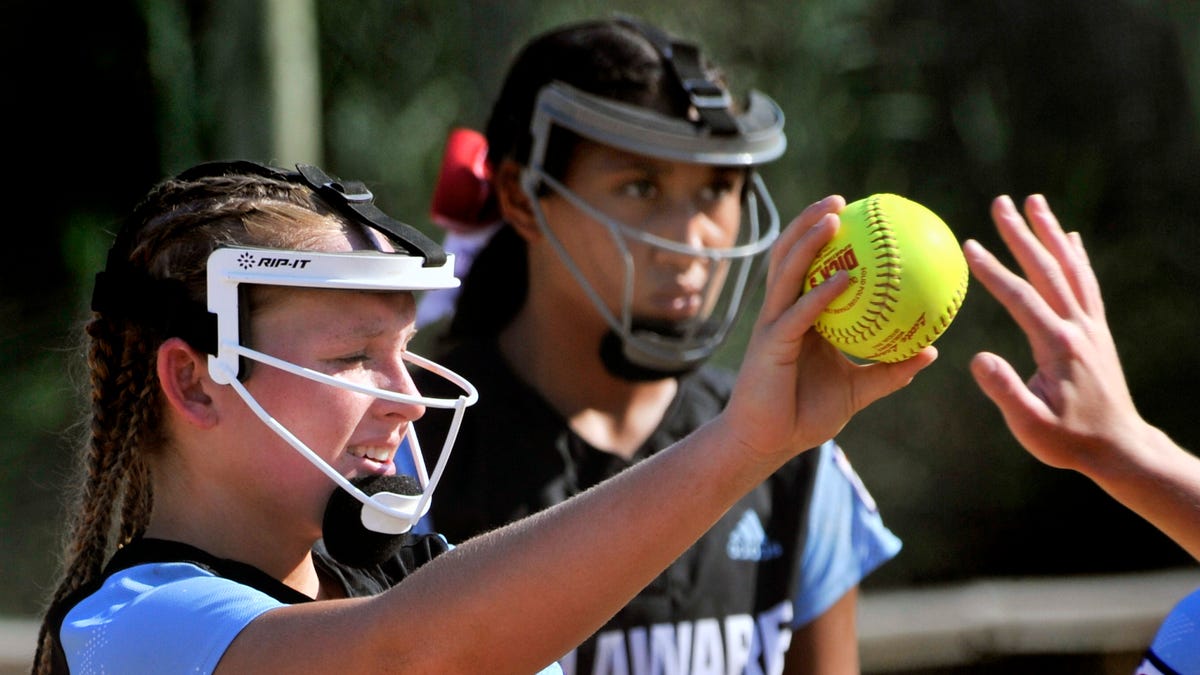Pennsbury commissioned Young to create “nkwiluntàmën: I long for it; I am lonesome for it (such as the sound of a drum).” The title is a word in the original language of the Lenape people, pronounced KWEE-loo-NOMEN, and its approximate translation into English.
Young, based in Tulsa, Oklahoma, is a descendant of the Lenape people on his father’s side (his mother is Pawnee).
“Now we’re called the Delaware tribe of indians,” he said. “My tribe.” 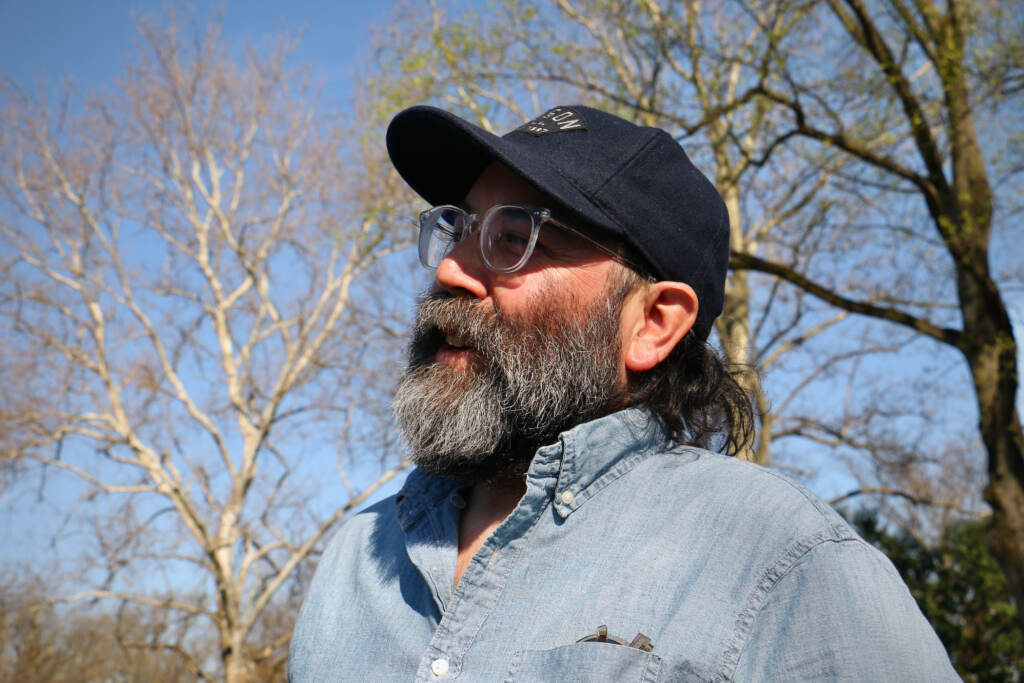 Indigenous artist Nathan Young is a member of the Delaware tribe of Indians. He returned to his ancestral homeland to create an immersive sound installation on the grounds of Pennsbury Manor, colonial estate of William Penn. (Emma Lee/WHYY)
Indigenous artist Nathan Young is a member of the Delaware tribe of Indians. He returned to his ancestral homeland to create an immersive sound installation on the grounds of Pennsbury Manor, colonial estate of William Penn. (Emma Lee/WHYY)
Young installed speakers on several high-backed garden benches around the main house of the Pennsbury estate, each playing back music created for this piece by several composers. There are also large signs painted white, black, yellow, and red, that guide the visitor on a poetic journey.
“Follow me, walk the path. I have a drum,” Young wrote. “Where is the drum hide? I long for it. I’m lonesome for it. There is a trail ahead. Do you see it? I’m blind.”
Because the Delaware/Lenape language is considered dead — there is no longer anyone alive for whom it is their first language — Young relies on language databases to find out how his forebears would describe certain things.
Out of respect for his ancestors, and out…
